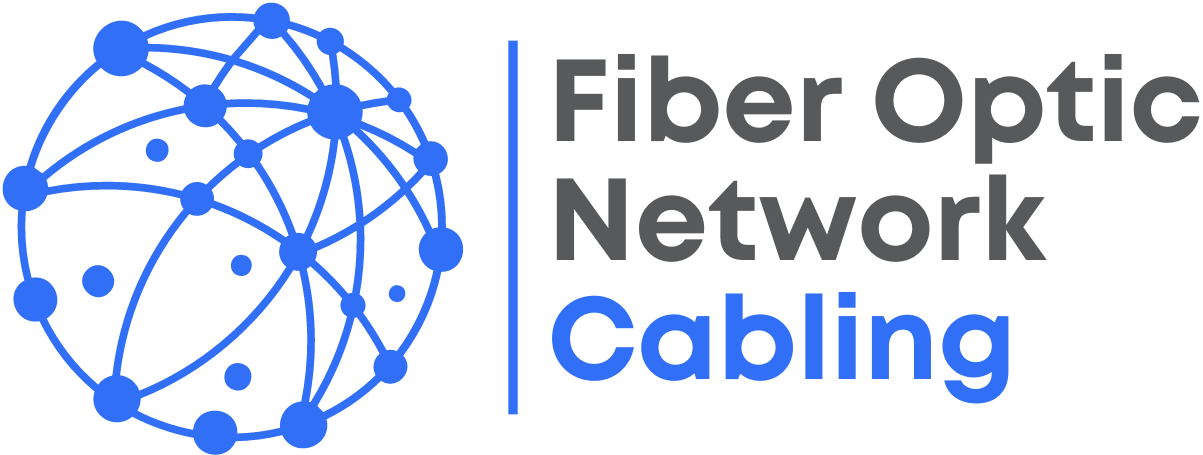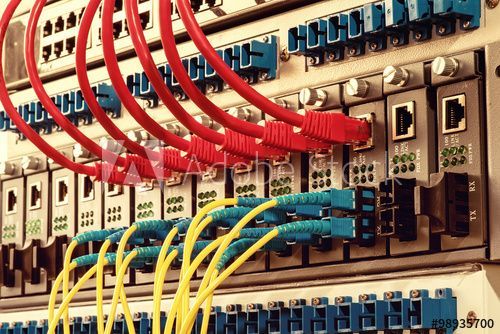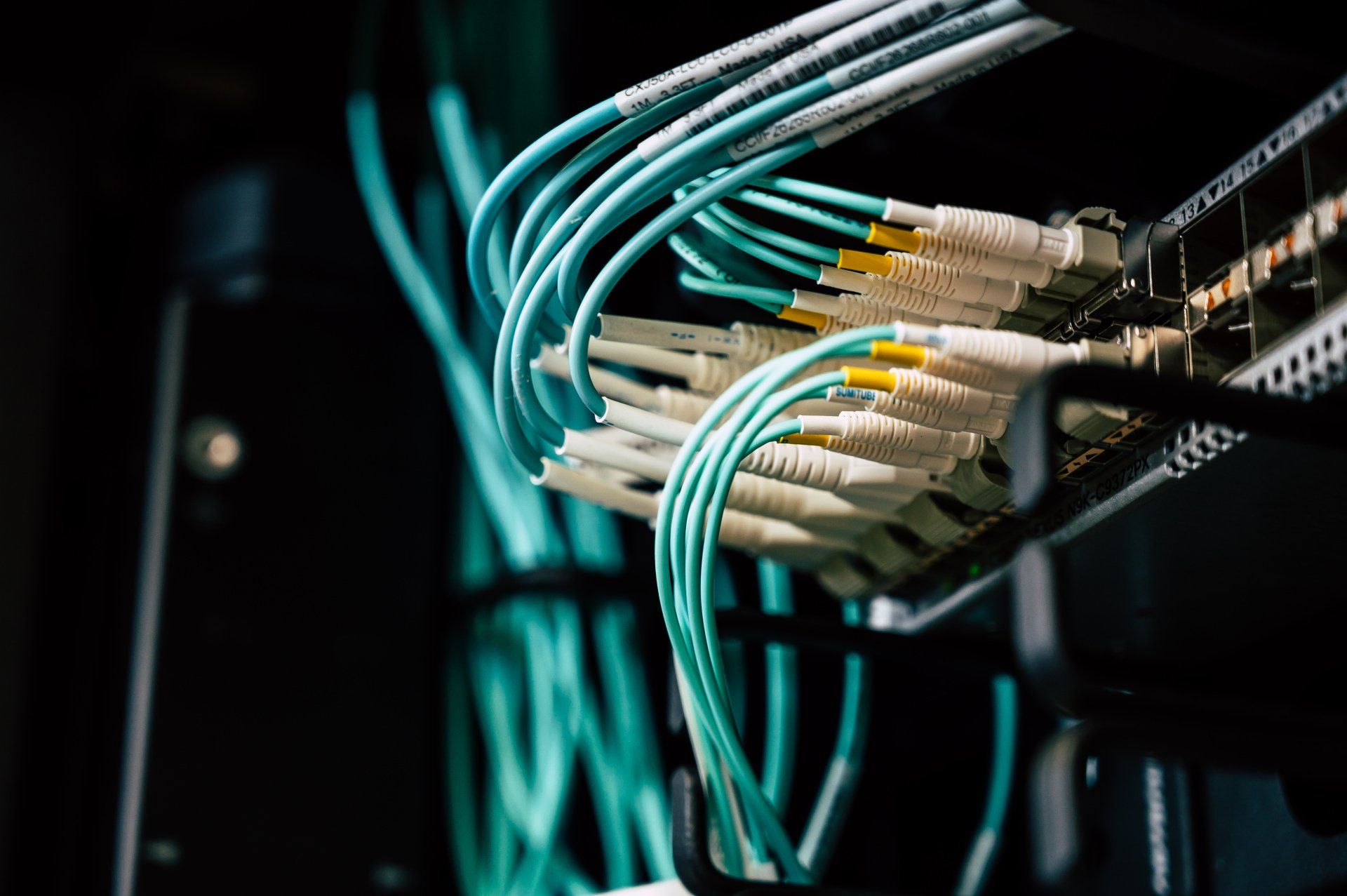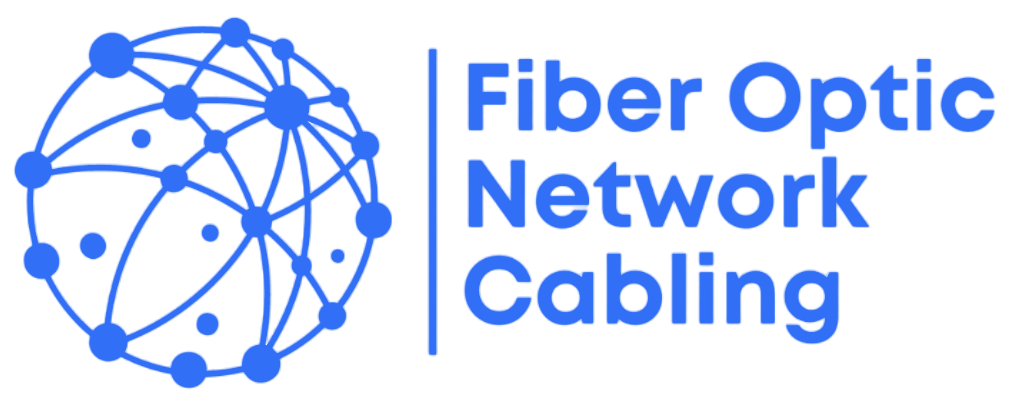Fiber Optic Network Cabling
Underground Fiber Optic Cable Installation
How To Install Underground Fiber Optic Cables
Installing underground fiber optic cable is critical in establishing high-speed internet infrastructure. Unlike traditional copper cables, fiber optic cables require specific handling and techniques during installation. This guide delves into the meticulous installation of underground fiber optic cable, ensuring optimal performance and longevity.
1. Planning & Designing the Network
Before any physical work begins, it’s crucial to design the network layout. This stage involves determining where the fiber optic cable will enter the system, calculating the cable’s minimum bend radius to avoid damage, and planning the path of the cable pull. Using the right pulling equipment is essential to manage the delicate nature of fiber cables.
2. Trenching & Conduit Placement
Trenching Process & Techniques
The trenching process for laying underground cable involves excavating a path for the conduit to house the fiber cable. Techniques vary based on soil type and the depth required, with particular attention to avoid disturbing existing underground utilities like the power cable.
Conduit Placement Strategies
Conduits are laid to protect the fiber optic cables after trenching. Conduits must be robust enough to protect the cables from environmental factors and potential physical damage.
Depth & Soil Type Considerations
The depth at which the conduit is laid depends on the soil type and local regulations. Ensuring the conduit is deep enough to protect the cables from surface activities and environmental elements is crucial.
3. Cable Laying & Protection
The process of laying fiber optic cables requires meticulous handling, mainly when cables are buried underground. Care must be taken during cable pulling to avoid sharp bends that could damage the fiber, especially with loose tube cables. Pulling tension is closely monitored using pulling tape and a pulling grip.
4. Splicing, Termination & Conduit Utilization
Once laid, fiber optic cables require splicing and termination. Fusion splicer is the most common method used for fiber splicing, ensuring precise alignment and data transmission efficiency. The installation process also involves strategically utilizing conduits to protect the buffer tube and the cable from environmental factors. This step is crucial in maintaining the integrity of the cable placement over time.
5. Testing & Verification
After the installation process, rigorous testing and verification are essential. It ensures that fiber optic cable enters the network correctly and functions optimally. Testing checks for faults along the cable length and verifies the network’s overall performance. This final step is critical to ensure the reliability and efficiency of the network for high-speed data transmission.
Related Articles:
- https://www.fiberoptics4sale.com/blogs/archive-posts/95047814-101-guidelines-for-fiber-optic-cable-installation
- https://community.fs.com/article/underground-fiber-optic-cable-installation.html
- https://www.nationalfiberconstruction.com/underground-fiber-optic-cable-installation-methods-cautions/
Recent POsts
Read Our Blog
Fiber Optics Cabling
Fiber Optics Cabling
FIBER OPTIC NETWORK CABLING
Find the best solution for your business.
Request a free consultation today and improve your network tomorrow.





